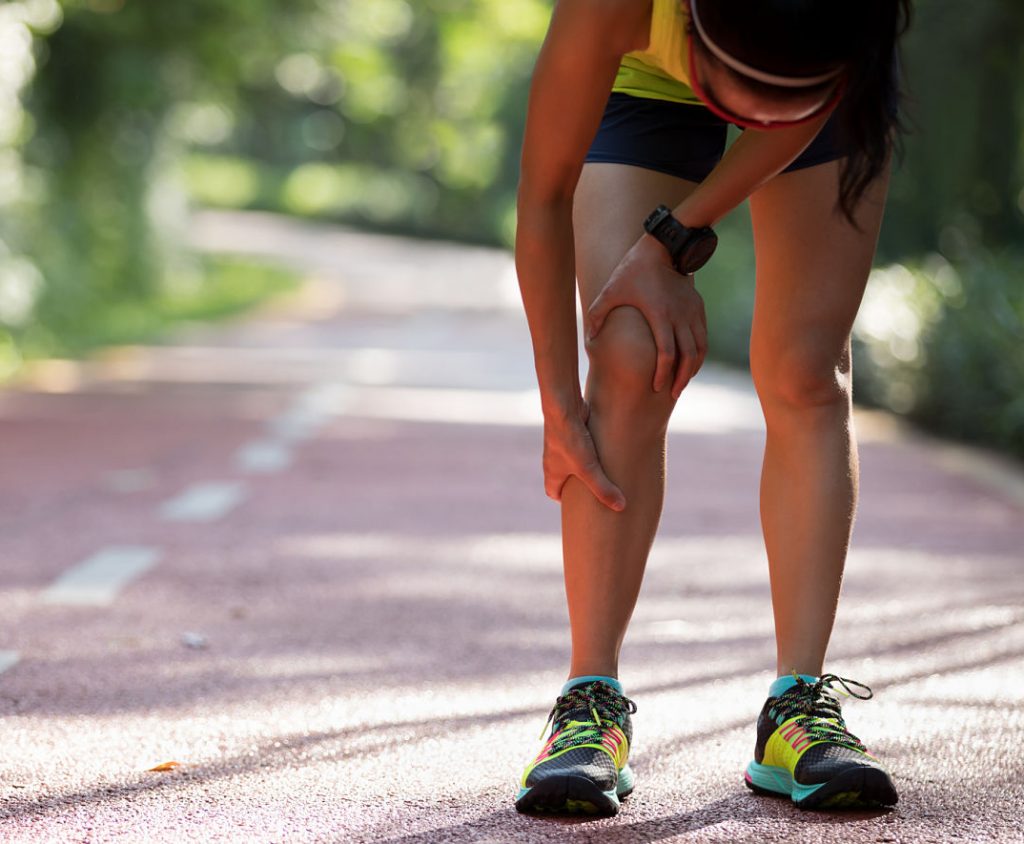The Treatment That’s Essential for Lasting Relief
Shin splints typically present as persistent pain along the shin bone, often worsened by running. When you’ve tried everything to get rid of the pain, you might wonder if you’ll have to deal with the problem forever. If your chronic shin splints won’t go away no matter what you do, you might be missing a common underlying problem that’s often overlooked.
For parents, the ongoing setback can be exhausting. Your athlete loves the game, is excelling on her team, and hopes to have the opportunity to play in college….but she’s plagued by shin splints and you can’t seem to get rid of them.
Let me guess, you’ve taken a break from running or playing a sport, at least a couple of times, but upon running again, the pain comes right back. You’ve tried stretching, icing, ankle exercises, new shoes, and foam rolling…. You might be accepting that this is simply how it has to be.
I hear stories similar to this everyday, followed by questions, like, “Will her shin splints keep getting worse?”, “ Will she eventually have to stop playing because of it?”, and “We are worried that he won’t be able to keep up if he commits to playing on a college team.”
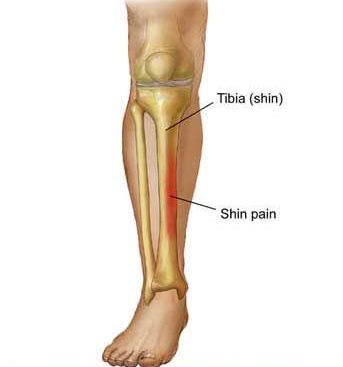
We know how scary it is when your child is dealing with a painful, chronic condition like shin splints. We know how unsettling it is to feel like you don’t know how to help your child because everything that was supposed to work, hasn’t.
Time after time, I’ve felt the immense relief and surprise when I help families fix chronic shin splints and get back to normal life without thinking about pain, or worrying about long-term limitations.
More often than not in these cases, it’s the distant cause, way up at the hip, that’s the missing link in traditional remedies for shin splints.
We have found that a targeted strengthening program for the hip muscles is essential for getting rid of shin splints for good.
You might be wondering what the hip muscles have to do with shin splints?
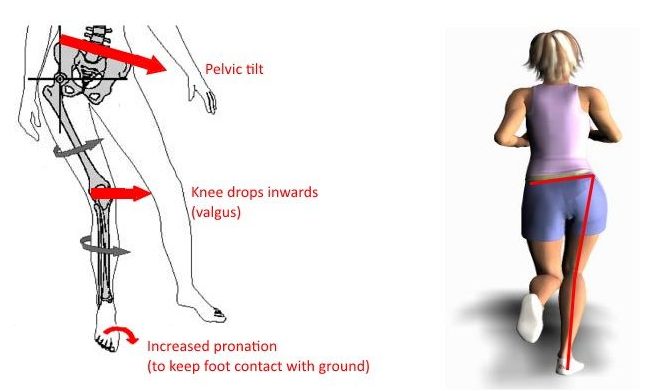
There are strong muscles surrounding the hip joint that control movement of the upper leg bone (femur), which controls movement and position of the knee and lower leg when walking and running. If the hip muscles are not strong enough to keep the rest of the limb in alignment, then there is more demand on the shin, ankle, and feet muscles to try to make up for it.
The muscles across the feet already have a big job, to shock absorb and support the arch and ankle for providing a stable base from which to move and run. Add hip weakness to the limb, and there’s more force that the ankle and feet muscles have to compensate for.
Let’s consider “pronation.” Pronation is a term that we often hear in association with flat feet; although, over-pronation is actually a dysfunctional movement pattern that involves the entire lower limb, from the hip to the foot, and is often caused in part by weakness of the hip stabilizing muscles. So, we need hip strength to help control pronation through the leg and foot.
Eventually, with instability from the hip and chronic lower limb pronation, the shin muscles (Tibialis Anterior and/or Tibialis Posterior) get so overloaded from running, that they become sore. The overloaded muscles try so hard to keep up with the running, that the musculotendinous fibers tug on the bone where they attach. The tibia bone doesn’t like the pulling, so it becomes inflamed and painful. The whole area eventually gets exhausted and sends “pain” messages to stop. Ignoring the message can lead to tissue failure, and a possible stress fracture.
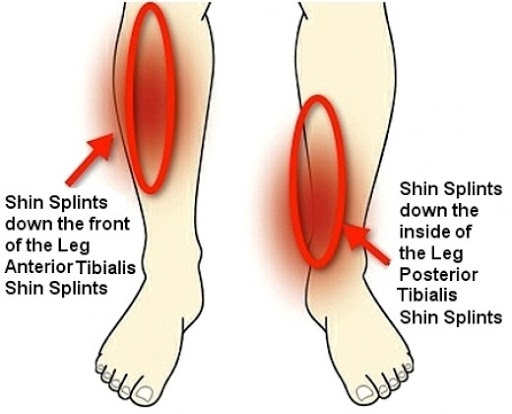
Obviously, rest is important to stop the cycle of constant stress on the muscle-bone attachment. Rest feels better temporarily, but doesn’t solve the problem.
What else can be done to reduce the demand on the shin muscles during running?
Let’s assume you’ve tried the standard local treatment interventions, like stretching and strengthening across the lower leg, ankle, and feet muscles. And perhaps you’ve tried changing footwear or adding an orthotic insert to help limit some of the excessive pronation. Maybe you’ve even tried dry needling, cupping, or soft tissue massage?
When it feels like nothing is working, it’s incredibly frustrating!
You probably haven’t yet tried a progressive hip strengthening program with neuromuscular training for improving awareness and reducing pronation through the limb. It’s critical to learn how to move, exercise, and run with better mechanics for better shock-absorption and less stress on the shin muscles. This will be the game-changer for achieving lasting relief.
I’m not talking about leg lifts or weight machines at the gym. A program that targets strengthening the hip, balancing, and functional movement control is what you should try next. Be prepared to start with simple foundational movements and build up to running, jumping, and sport-specific exercises.
Now is the time to truly invest energy into a comprehensive hip strengthening program for your shin splints. It’s the missing link that most people overlook when dealing with chronic overuse or stress syndromes in the lower limb.
When you include exercises that target hip control and strength, then the athlete learns how to move their body properly to reduce strain on the rest of the legs. They will learn how to move more safely during exercise and sports to protect themselves from other injuries in the future. The enhanced body control and awareness gained from a good hip strengthening program is proven to help fix and resolve shin splints so they don’t come back. As a side bonus, performance and athleticism will improve as well!
I’d like to share a quick real-life story from the clinic, where I work as a Physical Therapist…
A sports mom once approached me and said that her son “has lacrosse tryouts next week, and he has really bad shin splints that won’t go away.” She went on to say that he is a really good lacrosse player and is hoping to play in college. She wants me to fix him up so he can get through tryouts.
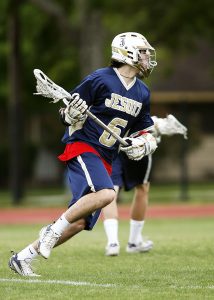
I evaluated him the next morning, literally the same day that tryouts began, and discovered that he is very tender across the Tibialis Anterior and Posterior muscles and has pain when pointing his toes down and up. In standing, he has flat feet. Although he is visibly a strong young man, he has trouble balancing on one foot and performing a single leg squat with good control. It quickly becomes clear to me that he has a hip strength deficit as well as over-pronated feet.
We resolved his pain for good by first applying local treatment to the involved muscles and surrounding soft tissues. We initially used manual therapy, foam rolling, range of motion exercises, orthotic inserts, and even taping strategies. He performed really well and with minimal pain during try-outs. We then incorporated strengthening exercises to improve integrity across the arches and ankle. We also started him on the ACL Strong hip strengthening program to control pronation and mechanics from the hip to the foot. We taught him how to “feel” the ground properly through his feet, how to align his knees over the feet, and how to engage the hip and core muscles. He progressed through the ACL Strong program and improved his strength, balance, landing mechanics, agility, and flexibility. In <6 weeks, he was running and training painfree, and never had another episode of shin splints, after they had been bothering him intermittently for years.
I hope you see the point of the story. Localized treatment AND distal treatment at the hip were important for resolving his shin splints and getting him back to sports. This young man is now playing in college, if you were wondering. 🙂
You’ve read this far, and you’re interested in a list of exercise-based treatments that can help with chronic shin splints. This list is not exhaustive, and does not include skilled manual techniques by a professional, modalities, or addressing the social-emotional component. You likely won’t need to do everything on this list, but, for your reference…
- Calf stretch (gastrocnemius, soleus)
- Dorsiflexion self-mobilization
- Shoe-wear / orthotic inserts
- Strengthening ankle and intrinsic foot muscles
- Foam roller
- Taping
- Stretching hamstrings, hip flexors, adductors, piriformis, etc
- Strengthening hips, core, hamstrings, gluteals, quadriceps, etc
- Balance exercises with emphasis on proper form and alignment
- Landing mechanics training with attention to proper form and alignment (when appropriate)
- Plyometrics and agility exercises with good form (when appropriate)
- Running mechanics training with emphasis on cadence, stride length, and strike
The key to a chronic lower limb condition, like shin splints, is to consider the whole body as a system, and to think broader than just the localized area of pain.
I hope this explanation and treatment approach helps open your eyes to new ideas so you or your child can recover from the burden of chronic, painful shin splints.
For an expert-guided online tool for hip strengthening and neuromuscular control, be sure to join the ACL Strong program that’s helping hundreds of people resolve and avoid lower extremity injuries.
Good Luck!
Thanks for reading and Please Share!
